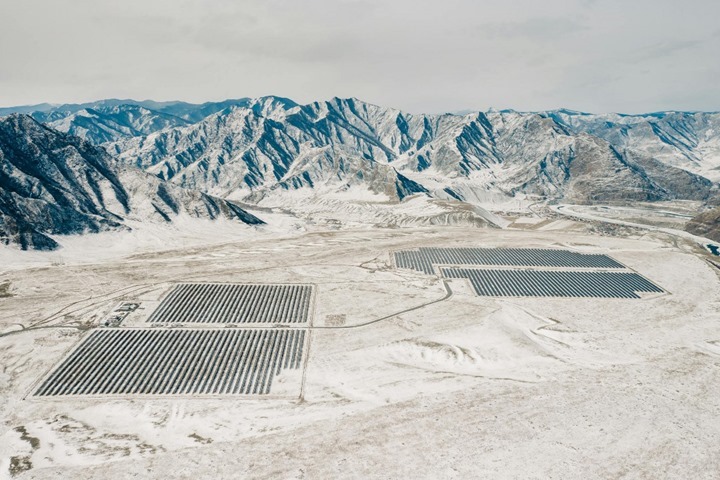Rogun Dam: what could be more efficient than the highest dam in the world?
Today, the international ecological coalition “Rivers without Borders” presented its report (in English and Russian) with an analysis of alternative options for completing the Rogun Dam project in Tajikistan, previously sent to the members of the Board of Directors of the World Bank.

According to the authors of the report, making a responsible decision on the optimal option for completing the Rogun Dam on the Vakhsh River is impossible without comparing the current alternative ways of developing Tajikistan’s energy sector and the associated impacts on nature and society. Without this, as noted in the report, it will not be possible to choose the most effective option for completing the project, which involves reducing the risks of negative consequences and increasing the return on the huge investment of $ 6.4 billion needed to create a dam 335 meters high.
According to environmentalists in their report, even if a decision is made on the complete completion of the Rogun Dam according to the maximum option with the construction of the tallest dam in the world (this option is being considered today by the Board of directors of the World Bank), acute problems to overcome which a giant hydroelectric power plant is being built will still remain unresolved. In particular, rolling power outages in Tajikistan will continue as before – at least until 2036. The creation of a maximum-sized reservoir will multiply the risks of the negative impact of the Rogun Dam downstream: on the UNESCO World Heritage Site “Tugai Forests of the Tigrovaya Balka Reserve”, on the last populations of endangered species of sturgeon in Vakhsh, as well as on the fertile plains along the rivers, where at least in Tajikistan, Uzbekistan, Turkmenistan and Afghanistan live at least 7 million people whose well-being depends entirely on irrigation farming.
The report convincingly demonstrates that even in modern realities such a negative scenario can still be avoided. The same amount of funding, but spent on the construction of a less high dam of the Rogun Dam, combined with the development of solar power plants, coupled into a single energy complex, will lead to significantly less economic, social and humanitarian damage from the implementation of the Rogun project. In particular, reducing the design height of the Rogun Dam by 70 meters will avoid the resettlement of about 40 thousand local residents, and thus forced resettlement will affect only one third of the number of people who are planned to be resettled now when creating a dam of maximum height.
Preliminary estimates made by the Rivers Without Borders coalition clearly show that the combination of the development of large-scale solar generation in Tajikistan, coupled with the completion of the Rogun Dam of a smaller scale, may make it possible to fully cover the winter electricity deficit in the country by 2030 – 2031. In addition, the diversification of energy sources within the unified energy system of Tajikistan will also significantly reduce the risks to the energy sector and the economy, increasing its resistance to climate change.


